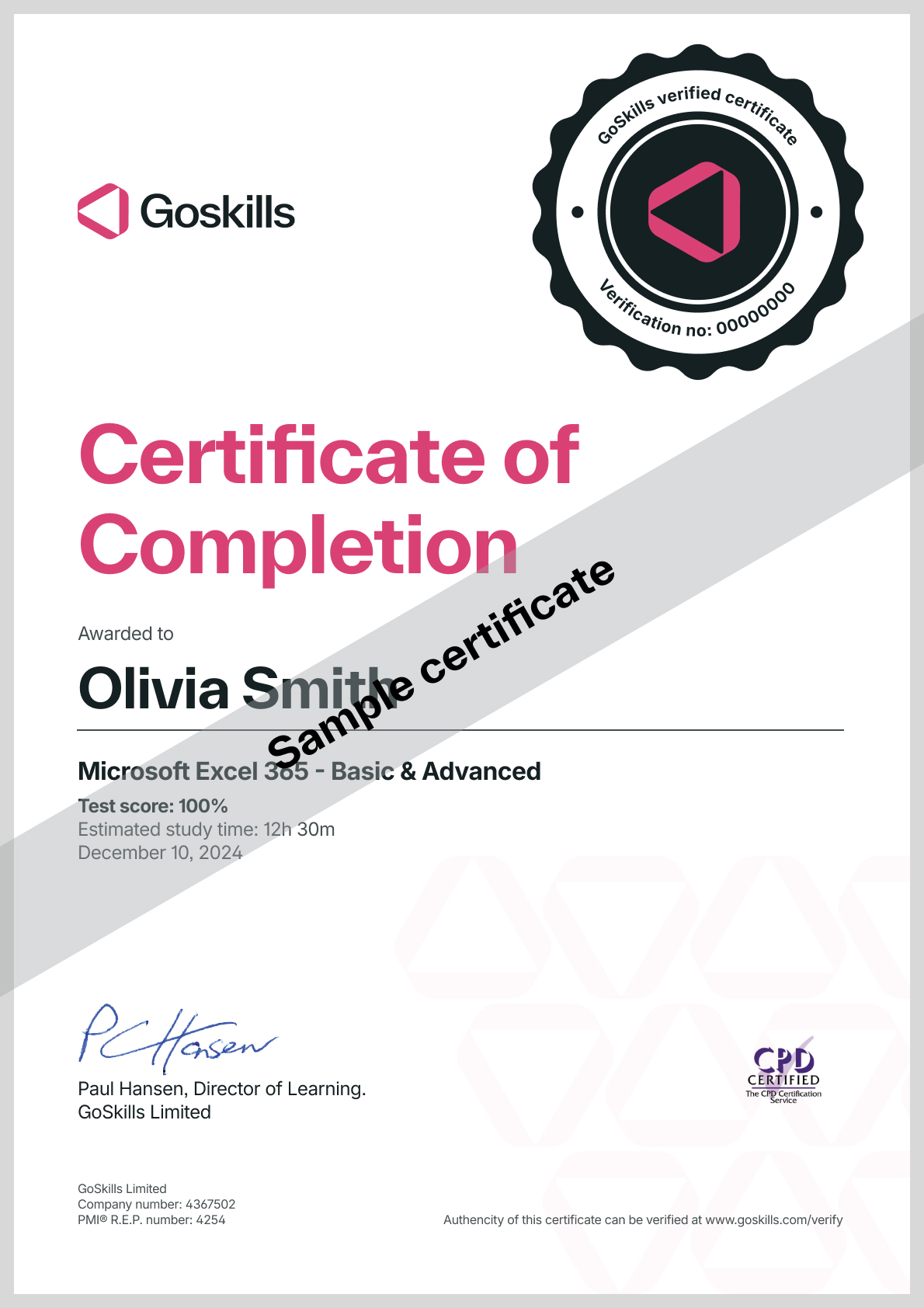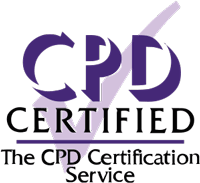Illustrator - Advanced
Illustrator - Advanced
Skills you’ll gain
Adobe Illustrator is the industry-leading vector drawing program used by professional designers around the globe for digital graphics, illustrations, and typography for print and web. In this online course, you will learn how to design a mascot logo from scratch, learning essential Illustrator tools and techniques in the process.
If you are an aspiring graphic designer or digital artist, you will harness Illustrator's powerful design tools to create a professional vector artwork that can be added to your portfolio to showcase your skills to potential clients or employers.
Video tutorials are recorded in Adobe Illustrator CC 2017. If you are new to Illustrator, master the basics first with our Illustrator - Basic course.
Highlights:
- 31 practical tutorials.
- How to import a sketch to use as the base of the design.
- Trace the outline of a photo or sketch, then finer shapes and details.
- Best ways to come up with color schemes, and save your color palettes.
- Lay down flat colors, then add shadows and highlights for depth.
- Strike a balance with color tweaks and adjustments.
- Use the Blend Tool to give the illusion of 3D extruded text by adding depth.
- Warp and distort text to make it fit within your design.
- Convert text and shapes into vector points to save on RAM.
- Use the Pathfinder tool to merge everything together and group similar colors.
- Create and apply a custom texture.
- Merge textures and logo design to create the final product.
- How to save your file in various formats for output.
Once enrolled, our friendly support team and tutors are here to help with any course related inquiries.
Syllabus
Download syllabus-
1
Setting Things Up Setting up our document and creating a new layer for the sketch that we will be tracing. 3m
-
2
First Pass Tracing the outer shape of the sketch with the Pen Tool. 5m
-
1
Second Pass Once we trace the outlines we can begin focusing on the next largest shapes in our design. 8m
-
2
Third Pass One more pass to make sure that we get all of our remaining shapes that we haven't traced yet. 5m
-
3
Fourth Pass Now we will focus on adding a few more details to help push our sketch further. 8m
-
1
Adjusting our Lines After tracing all of the main shapes we may need to adjust the width of some of the lines and strokes to add variation and make things balanced before moving on. 9m
-
1
Thinking in Color After we’ve traced the sketch in black and white we can start thinking about what colors we want to use. 4m
-
2
Scheming on Colors Show different ways to come up with color schemes. 4m
-
3
Saving Your Color Palettes Saving your colors in the document. 6m
-
1
Laying in the Flats Once we pick out a few color schemes to try out we can begin coloring our main logo filling in the flat colors for different parts of the illustration. 4m
-
1
Throwing Shade After laying down the flat colors we can begin adding some extra shapes that will serve as our shadows. 4m
-
1
Moving Towards the Light After laying down the shadows we will make another pass, this time focusing on the highlights. 2m
-
1
Striking a Balance Reviewing what we have so far and making any necessary color tweaks or adjustments. 8m
-
1
Searching for Fonts Exploring some different font options 4m
-
2
Exploration Experimenting with different fonts and font combinations to use in our design. 3m
-
1
Custom Type After choosing a typeface we can look at some ways to tweak and customize the font to make it fit with our theme. 3m
-
1
How to Increase or Decrease the Size of a Path As we start playing around with the text we will look at the Offset Paths feature and how to create extra outlines and highlights. 10m
-
1
Extruded Text After experimenting with the Offset Paths feature we can use the Blend Tool to give the illusion of 3D extruded text by adding depth. 4m
-
2
Extruded Shapes Show how this can be used on basic shapes in addition to text for creating depth. 3m
-
1
Envelope Distortions Once we have a lockup that we are happy with we can take a look at different ways we can arch, bend, or twist our type to make it fit within our design. 3m
-
1
Assembling our Logo Elements Combining our main logo illustration with our primary text to create a lockup. 12m
-
2
Adding our Secondary Text Incorporating the secondary text into the logo lockup. 7m
-
1
Expanding Shapes With our logo mostly set up we will expand all of our text and shapes to convert everything into vector points and save on RAM. 3m
-
1
Using the Pathfinder to Merge After converting and expanding the design we will merge everything together to simplify our logo. 3m
-
1
Making a Grunge Texture We will get ready to add some finishing touches to the logo design starting with a texture that we will create from scratch using my own technique for making a distorted/grunge texture. 7m
-
1
Adding Texture to a Logo After creating our custom textures we will now combine it with the logo design and create a few iterations to see what looks best. 7m
-
1
Merging our Logo Once we decide on an iteration that we like best we will merge all of our textures and logo design elements together into a final. 6m
-
1
Presentation With our final logo in place we can work on how we want to present it. 3m
-
2
Adding a Background Add a background color and either a texture or a larger, ghosted version of the logo in the background complete with a layer mask to keep everything confined to our art board. 4m
-
1
Saving Your Logo Saving our file in various formats for output. 4m
-
2
Recap and Conclusion A summary of the lesson and techniques that have been covered in the tutorial to wrap things up. 2m
Certificate
Certificate of Completion
Awarded upon successful completion of the course.

Instructor
Eric Vasquez
Eric is an Art Director, designer and multidisciplinary artist who has worked for a variety of high profile clients including Nickelodeon, Oxygen, World Wrestling Entertainment, Spike TV, and Major League Baseball.
Eric has been in two art exhibits including The Art of Fashion at Webster Hall and he is a member of two international art collectives - Cosmosys and the Luminarium. He is an active member of the online design community with many of his designs being featured on popular design blogs, and has also had his work published in Advanced Photoshop Magazine.

Eric Vasquez
Art Director and Designer
Accreditations
Link to awardsHow GoSkills helped Chris
I got the promotion largely because of the skills I could develop, thanks to the GoSkills courses I took. I set aside at least 30 minutes daily to invest in myself and my professional growth. Seeing how much this has helped me become a more efficient employee is a big motivation.


